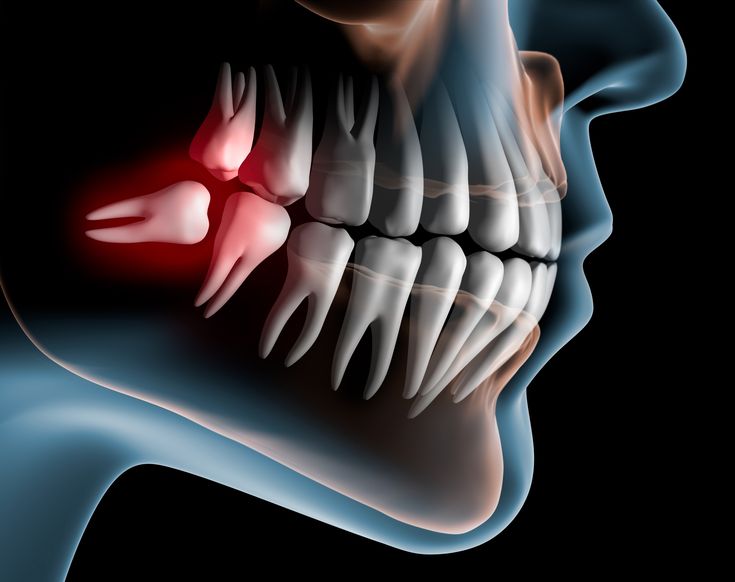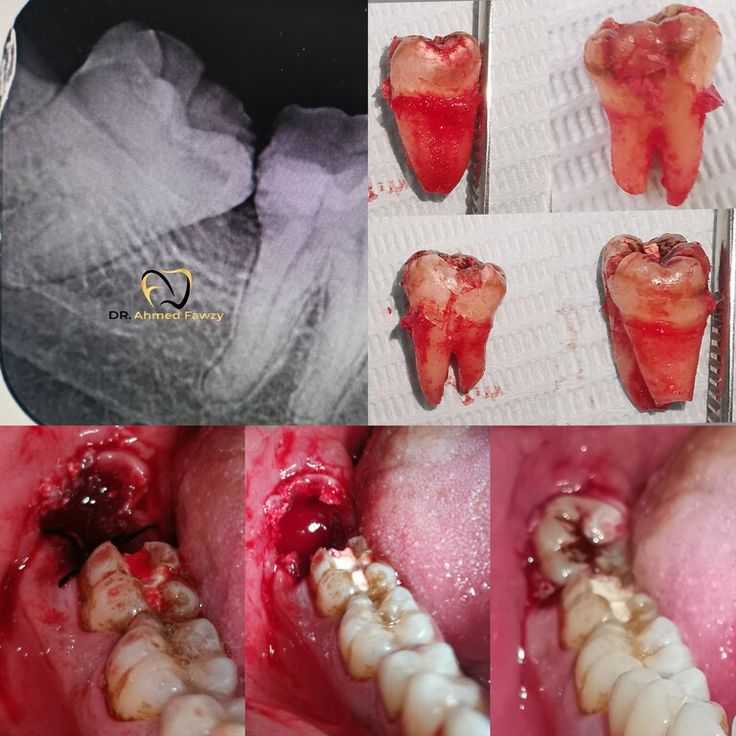Wisdom Teeth Extraction: What You Need to Know
The final pair of molars, known as wisdom teeth, often erupt in your late teens or early twenties. These teeth can cause pain, crowding, or even infections for many people, while for others, they grow in nicely. You may be unsure of what to anticipate if your dentist has suggested their removal. This covers everything you need to know about having your wisdom teeth extracted.

The Need for Wisdom Teeth Extraction
Your dentist may suggest wisdom tooth extractions for a variety of reasons, even though not everyone needs them.
Pain and swelling may result from impacted wisdom teeth becoming lodged against other teeth or beneath the gum line.
If your mouth is too small, wisdom teeth may push against other teeth and cause misalignment.
They are more vulnerable to infections and cavities because they are difficult to clean. Some patients have cysts or inflamed gums around their wisdom teeth, which can harm the jawbone.
If you have pain, swelling, or repeated infections, your dentist may recommend removing your wisdom teeth to avoid more issues.
What to anticipate along the process
Consultation
Anesthesia
Procedure for Extraction
Recuperation Starts
Healing and Recuperation Following Extraction Care
Dos:
- Take prescribed pain medication as directed
- Rest for at least 24 hours following the procedure.
- Apply an ice pack to reduce swelling.
- Consume creamy meals like yogurt, mashed potatoes, or soup.
- Keep your head up while you rest.
- Rinse with warm salt water after 24 hours to keep the area clean
Most swelling and discomfort go away within three to five days. After two weeks, you should be fully healed.

Possible Complications
- Prolonged bleeding that lasts for several hours
- Severe pain that gets worse after three to four days
- Signs of infection such as swelling, fever, or a bad taste in your mouth
Final Thoughts
Removing wisdom teeth is a common procedure that helps prevent pain and future dental problems. It might seem scary, but taking care of yourself afterward will help you heal smoothly. If your dentist suggests the procedure, follow their advice, and you’ll recover quickly. If you have any concerns about wisdom teeth removal, ask your dentist for the best guidance.